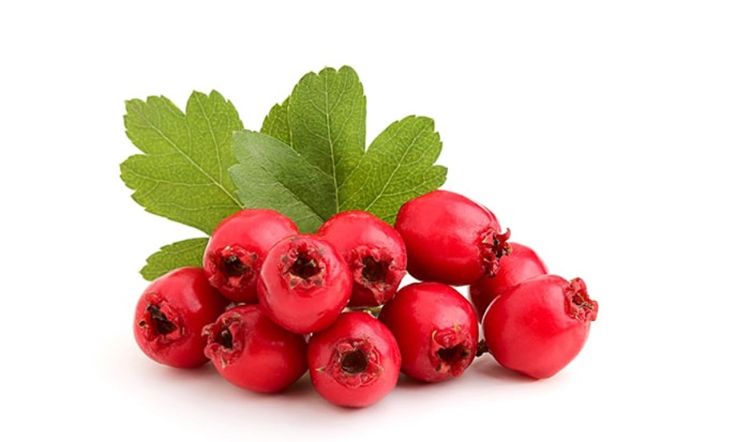BACKGROUND
Ingredient Type: Botanical
Also Known As: Crataegus oxyacantha, Hawthorne, Crataegus spp.

Hawthorn is a plant in which the leaves, berries, and flowers are all used in naturopathic medicines. According to the Natural Medicines physicians reference, the name was derived from a Greek word which means “always been there”. It is suggested in Christianity that the hawthorn thorns formed the crown of thorns placed on Jesus’ head.
The medicinal use of the hawthorn can be traced to the first century. Historically, the berries were the most commonly used part of the plant. Today, however, extracts from leaves and flowers have become more popular in traditional medicine practices.
TRADITIONAL USES
Traditionally, hawthorn was used orally for the treatment of cardiovascular conditions.
WHAT DOES SCIENCE TELL US?
- In one study, patients with angina taking chronic beta-adrenergic receptor blockers or ACE inhibitors took hawthorn (Crataegus pinnatifada) extract three times a day for four weeks. These patients experienced a significant improvement in angina and reduced nitroglycerin intake compared to the placebo group (2).
- Some studies show that taking hawthorn leaf and flower extracts may improve ejection fraction, exercise tolerance, and reduce subjective symptoms in patients with stage II heart failure (3).
- One clinical trial showed that 1800 mg/day of hawthorn extract (WS 1442, Crataegutt forte, Dr. Willmar Schwabe Pharmaceuticals or HeartCare, Nature’s Way) combined with diuretic therapy improved exercise tolerance and reduced subjective symptoms in NYHA stage III heart failure. In this study, maximum effect was usually seen after 16 weeks of treatment (4).
SAFETY
In research studies, hawthorn has been used for up to 16 weeks without adverse reaction. Doses have been studied in ranges from 160-900 mg extract daily in 2-3 divided doses. Optimal dose ranges are thought to be from 240-480mg for extracts standardized to 18.75% oligomeric procyanidins. More research needs to be completed to confirm optimal efficacy at these doses. There are no reported safety concerns when used short-term and within appropriate dose range.
Interactions:
Major
- Nitrates, Phosphodiesterase-5 inhibitors
Moderate
- Digoxin, Calcium channel blockers, Beta-Blockers
Theoretical
- Concurrent use of hawthorn with herbs and supplements that have hypotensive effects may increase the risk of hypotension: Andrographis, Casein peptides, Cat’s claw, Q-10, Fish oil, L-arginine, Lycium, Stinging nettle, Theanine, and Others.
Side-Effects:
Human studies including over 4,500 subjects, case reports, and summary reports have noted infrequent, mild and transient adverse effects: abdominal discomfort, gastrointestinal complaints, nausea, agitation, dizziness, headaches, fatigue, dyspnea, skin rash, insomnia, diaphoresis, and tachycardia (1).
REFERENCES
- Rasmussen, P. Hawthorn–Crataegus monogyna (common hawthorn) or Crataegus laevigata (midland hawthorn; Crataegus oxyacantha); also known as haw, thornapple, maythorn, whitethorn. J Prim.Health Care 2011;3(1):63-64.
- Weng WL, Zhang WQ, Liu FZ, and et al. Therapeutic effect of Crataegus pinnatifida on 46 cases of angina pectoris–a double blind study. J Tradit Chin Med 1984;4:293-94
- Leuchtgens H. [Crataegus Special Extract WS 1442 in NYHA II heart failure. A placebo controlled randomized double-blind study]. Fortschr Med 1993;111:352-4
- Tauchert M. Efficacy and safety of crataegus extract WS 1442 in comparison with placebo in patients with chronic stable New York Heart Association class-III heart failure. Am Heart J 2002;143:910-5
See the National Center for Complementary and Integrative Health entry for hawthorn, the Penn State Hershey Health Information Library entry for hawthorn, the WebMD entry for hawthorn, the Michigan Medicine Health Library entry for hawtorn, or the RXList entry for hawthorn for more information.









